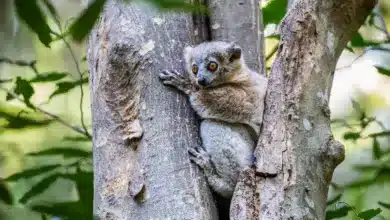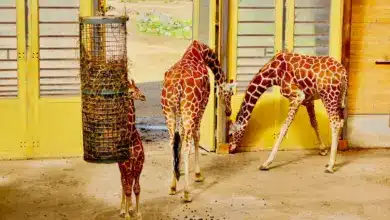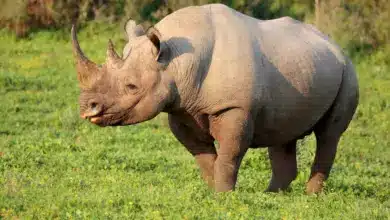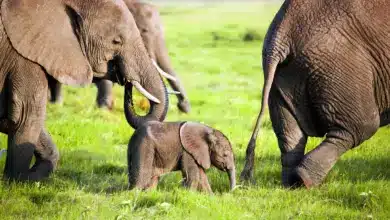Biologist Enters the Fashion Field In A Bid to Save Wild Leopards
Plans To Clone A Woolly Mammoth Fuel The False Idea That Cloning Can Save Endangered Species And Revive Extinct Animals
Veteran field biologist Tristan Dickerson is most at home tracking leopards through the rugged bush spanning the remote northern Zululand Area of KwaZulu Natal, in his native South Africa. But recently, he’s been making forays into a far different, and perhaps far wilder, field: the international fashion world. Dickerson, who works for the New York-based conservation organization, Panthera, has been trying to come up with fake leopard furs that are both realistic and inexpensive enough to convince a native religious group to give up on using the real thing. His goal is to keep leopards from going extinct across Africa.
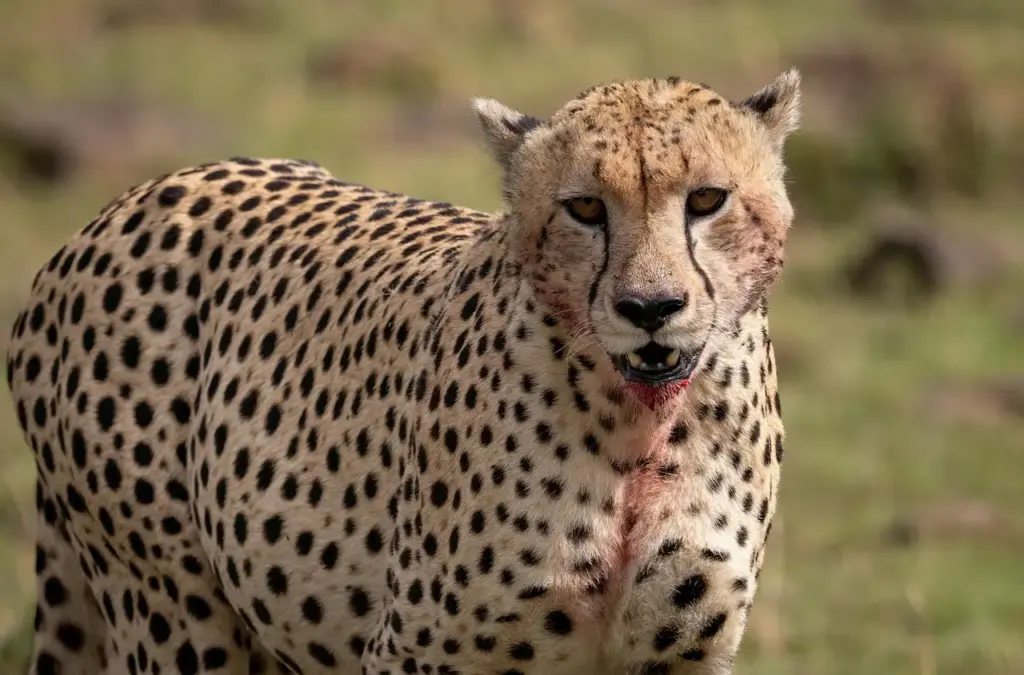
So far, Dickerson has been mostly experimenting, printing leopard spots onto the skins of more abundant African species, such as the impala. However the results have not yet proven satisfactory, and the researcher told https://www.biolife.earth that he thought he might eventually have to partner with an Asian fabric company.
“The fake furs that are floating around at the moment are nowhere near accurate enough,” Dickerson told all of us during an exchange of e-mails. “I want to take photographs of [authentic leopard] garments and print them onto fake fur so they will look almost picture perfect. It is this kind of detail that is not available and that is needed. I then want to see if I can print the pictures onto Impala skin so that it has a more natural feel with the leather.”
Dickerson added, “I am busy looking at the different printing methods. I have tried inkjet printing but is does not get the desired penetration into the fake fur. I am busy now investigating water based dye printing to see if it will penetrate deeper.
“From people I have spoken to in the industry is seems that the process that is used to make the fake furs that we see around is not in Africa anymore. Apparently China is the only place that does it. I wanted to make it all locally but it seems that I might have to use China.”
The biologist’s target market for his future products is the four-million person membership of KwaZulu Natal’s Nazareth Baptist Church, also known as the Shembe religion. Nazareth Baptists obey the Ten Commandments and follow a spiritual leader named Shembe, whom they view as an African messiah. Many of them also wear leopard skins on ceremonial occasions.
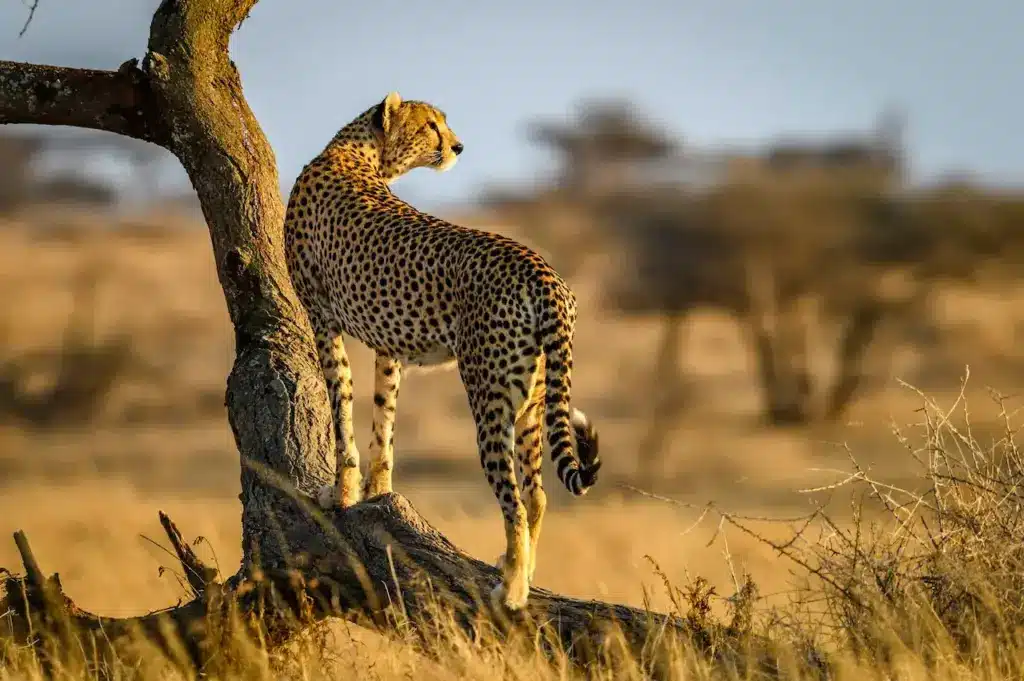
According to Dickerson, the many hundreds of leopard skins on display at any large Shembe gathering provide ample visual evidence that, not only have most of them probably been illegally obtained—legal hunting quotas for leopards are set quite low—but that the Shembe market for the furs is affecting populations of the big cats far beyond South Africa. Dickerson suspects that many of them have been poached in Zimbabwe and Mozambique, two chaotic southern African countries where enforcement of wildlife regulations is weak.
Dickerson hopes to save Africa’s leopards while at the same time avoiding a legal crackdown on the Shembes by offering them fine faux furs at an attractive price. He’s already had some positive responses to his preliminary market research.
“I have not yet introduced the concept to Shembe, but I have done so to some of the followers. Most of the followers I have spoken to are excited about the project and the development of the fake fur. They are a conservation-based religion and use leopard skins because they are the most beautiful animal; therefore there is a strong possibility that they will accept the fake fur.”
In addition, the Shembes will have a strong financial incentive to go faux. According to Dickerson, a traditional Shembe shoulder garment made of real leopard costs around $435—a sum that often requires years of saving for many rank-and-file Nazareth Baptists. By contrast, Dickerson estimates that the same item made of fake leopard will cost around $60.
However, as with any messianic group, the only opinion that really counts is the one of the guy at the top. In fact, many Shembe followers tell Dickerson they are not worried about the extinction of leopards because they believe that, when numbers of the animals get too low, Shembe will just magically create more of them.
“Some will only change their way if Shembe says they must stop using real leopard skins. The reason I have not gone to Shembe yet is that I am still in the process of developing the fake fur. Once I have the fake fur refined, then I want to go the elders of the church and hopefully Shembe himself and provide them with all the information on problems facing leopards as well as the alternative skin and see what they say.”
Leopards are extremely adaptable predators, with the largest range—most of sub-Saharan Africa and large parts of Asia—of any of the big cats. Unlike tigers and lions, they are still relatively abundant, and are classified by the International Union for the Conservation of Nature Red List of Threatened Species as Near Threatened, rather than as Vulnerable, as is the lion, or Endangered, as is the tiger.
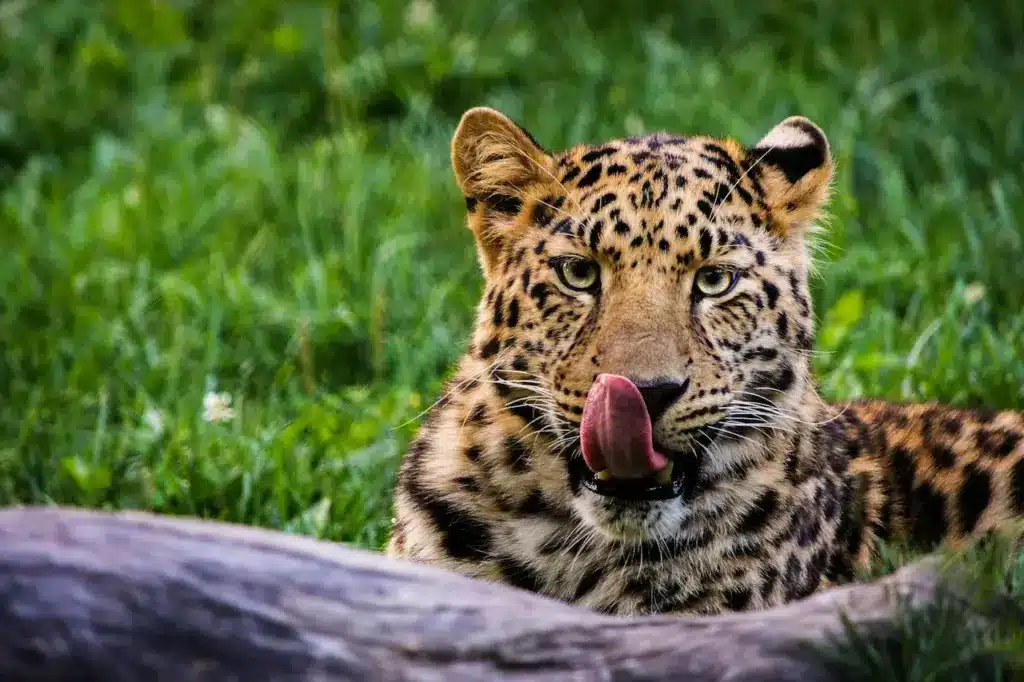
However, leopards are also decreasing in number, and South Africa’s black market, in combination with Asia’s rapidly growing appetite for illegally harvested wildlife of all types, could plunge the species toward extinction within a matter of years.
In order to call attention to the plight of leopards, as well as to his faux-fur campaign among the Shembe followers, Dickerson has been working with Colwyn Thomas and Greg Lomas, a pair of young South African film makers, on a film documentary project called To Skin a Cat.
Dickerson told us, “I think the film is a very useful tool as, firstly, it will make the public aware of the high levels of persecution that leopards face and, secondly, it might help put pressure onto Shembe to listen to us.
“The documentary will show either Shembe ignoring our pleas, which will put him in bad light internationally, or it will show him listening to us and trying to make changes, which will show him as a international conservationist.”
BY PAUL GUERNSEY
